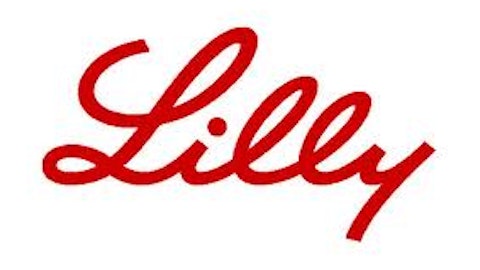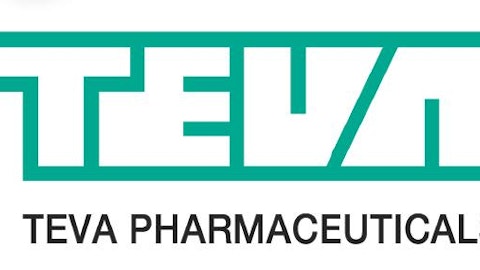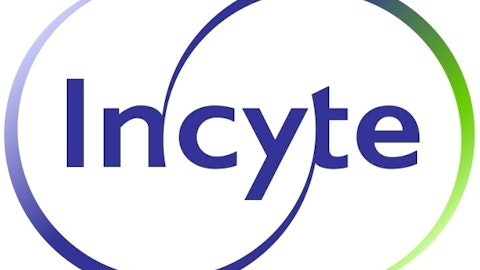Lilly faces some tough competition going forward. Merck and AstraZeneca are also developing potential treatments that could compete with solanezumab if they produce successful results and Merck has already presented positive results for its Phase Ib study of its drug, MK-8931.
Smaller competitors at the gates
Big Pharma is not alone in its quest to uncover the elusive treatment for Alzheimer’s. Last year, over 1,000 clinical trials were conducted to test various methods of treating the disease. Many of these trials were conducted by smaller, developmental stage companies, like Prana Biotechnology Limited (ADR) (NASDAQ:PRAN).
Prana’s lead drug, PBT2, is a copper/zinc ionophore which was shown to restore cognition in animal models of Alzheimer’s disease. The drug targets the zinc and copper ions that are necessary for the assembly of the beta amyloid deposits, diffusing them and effectively detoxifying them. PBT2 is currently in Phase IIb clinical studies for Alzheimer’s and Phase IIa clinical trials for Huntington’s disease, a neurodegenerative genetic disorder. The full results from the Alzheimer’s trial will be released in October, and the results of the Huntington’s trial will be available next March.
Although Prana is a small fish in a sea of much larger competitors, its progress with PBT2 makes it one of the more important names to watch in the race to treat Alzheimer’s.
A Foolish Final Thought
The number of Alzheimer’s cases is forecast to triple by 2050 as the world’s population ages. All of these biotech companies are focused on different methods of clearing out beta amyloid plaques, but the theory that reducing the plaques could treat or cure Alzheimer’s disease is still unproven. However, scientists are steadily finding out that some treatments work better than others.
The monumental failure of bapineuzumab showed them that taking the monoclonal antibody approach — a commonly used one in oncology treatments — to clear out the plaque was ineffective. Lilly still believes that its treatment, solanezumab, could help clear beta amyloid plaques from the body, while Prana thinks that depriving the body of the essential components in the assembly process of beta amyloids could prevent plaques from forming.
For biotech investors, this is an exciting field to watch. If Lilly is successful at demonstrating that its treatment can treat milder cases of Alzheimer’s, it could win back investors who had previously avoided the stock due to the looming expiration of Cymbalta, the antidepressant that accounts for roughly a fourth of its annual sales. However, investors should also keep an eye on Merck and AstraZeneca, which could beat Lilly in the race to release an approved BACE inhibitor treatment. Last but not least, we need to keep an eye on the small guys like Prana, which hold a lot of potential upside for investors with a stronger appetite for risk.
The article The Past, Present, and Future of Alzheimer’s Treatments originally appeared on Fool.com and is written by Leo Sun.
Leo Sun has no position in any stocks mentioned. The Motley Fool recommends Johnson & Johnson. The Motley Fool owns shares of Johnson & Johnson.
Copyright © 1995 – 2013 The Motley Fool, LLC. All rights reserved. The Motley Fool has a disclosure policy.





